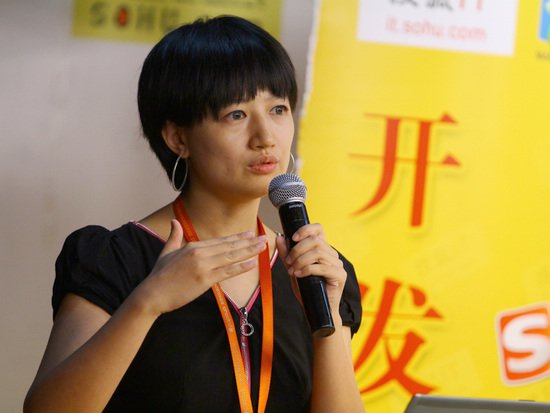
(Photo: gamelook)
Si Shen’s mobile social gaming company, Papaya, has 80 million users. That’s not too bad. Not too bad for a company that only got started in 2008. Not too bad for a woman who knew from the beginning that she wanted to run her own company in China. Shen grew up in Beijing and attended its prestigious Tshinghua University, where she majored in computer science. She then went on to Stanford University where she earned two Master’s degrees; one in computer management and one in engineering.
From Stanford she moved to Google where she worked for five years, eventually becoming Product Manager and returning to China with Google. In 2008 along with a college friend, Qian Wenjie, she founded Papaya, a social mobile gaming company. Papaya’s first game was Papaya Farm and was hugely successful. It was a big hit on Apple’s App Store. In 2009, just as it was in the process of raising capital, Papaya suffered a major setback: Apple withdrew the game from the App Store. Shen could get not explanation for this move, so she went to Apple headquarters in Cupertino, California to seek an explanation. After being stonewalled, she finally found out what the problem was: her game was able to be used cross platform, i.e. on both Apple devices and Android devices, and this did not suit Apple. Shen returned to China, and decided to move to Android. Although she lost the funding, the move to Android was key to the company’s growth and expansion. (Of note: Apple later returned, and now Papaya’s games are on both platforms.)
In 2011 the company shifted its focus from developing games to supporting third party developers enabling them to reach millions of users worldwide. Still, Papaya has not abandoned the users. On its website the company states: “Android users love Papaya because they can play multiple games and get a complete social gaming experience all in one easy to download and use app.”
In interviews and presentations Shen repeats here simple rule for prevailing in a competitive and ever-changing industry: Never give up.
Compiled from web sources
Papaya website (English/Chinese) http://papayamobile.com/about
 日本語
日本語 English
English 中国語
中国語
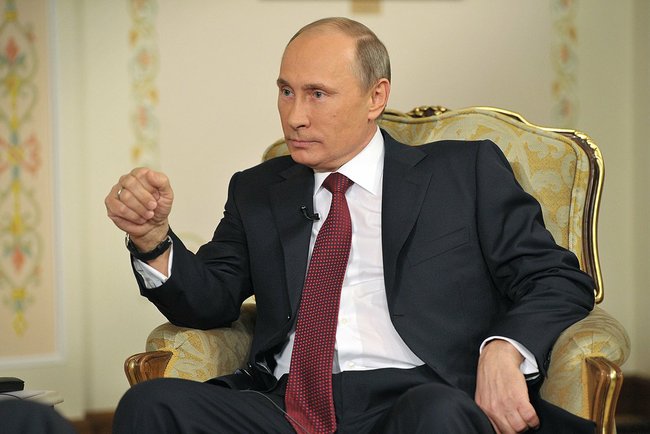 (Photo: Wikimedia Commons)
(Photo: Wikimedia Commons)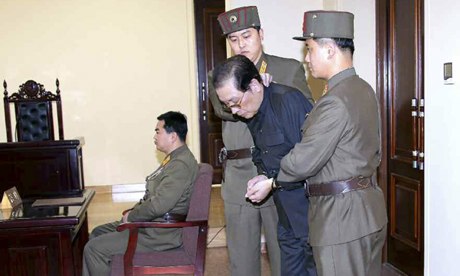 (Photo: Yonghap)
(Photo: Yonghap)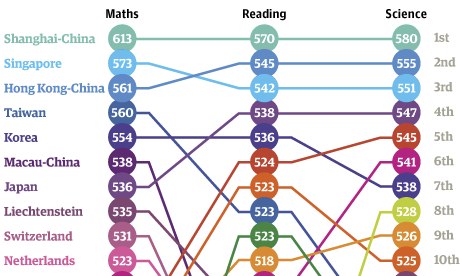 Graphic: OECD-PISA
Graphic: OECD-PISA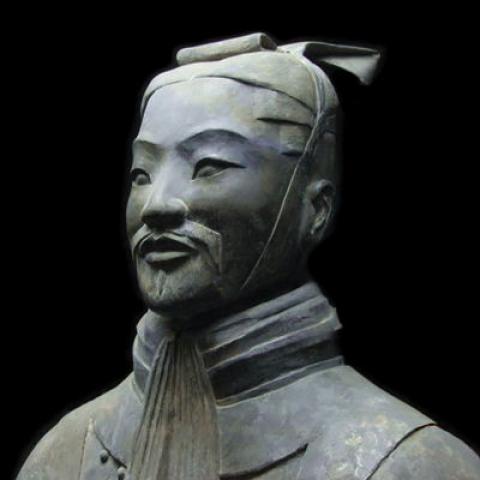
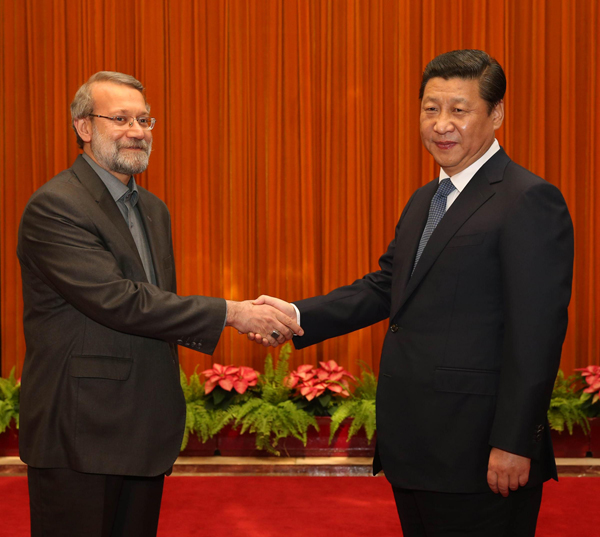 President XiJinping and Iranian Speaker Ali Larijani (Photo: FMPRC)
President XiJinping and Iranian Speaker Ali Larijani (Photo: FMPRC)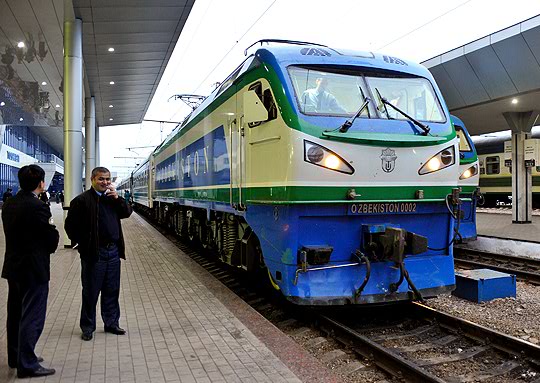
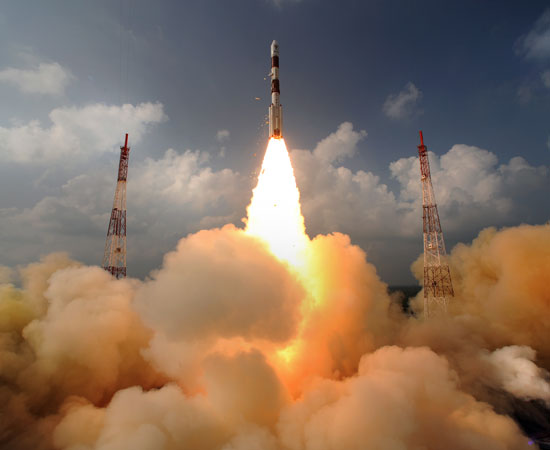 Liftoff: India’s First Mars Mission 5 November 2013 (Photo: ISRO)
Liftoff: India’s First Mars Mission 5 November 2013 (Photo: ISRO)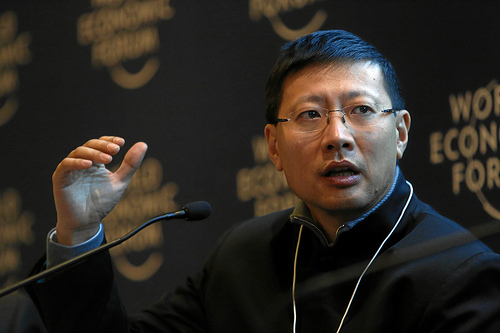 (Photo: World Economic Forum Davos)
(Photo: World Economic Forum Davos)